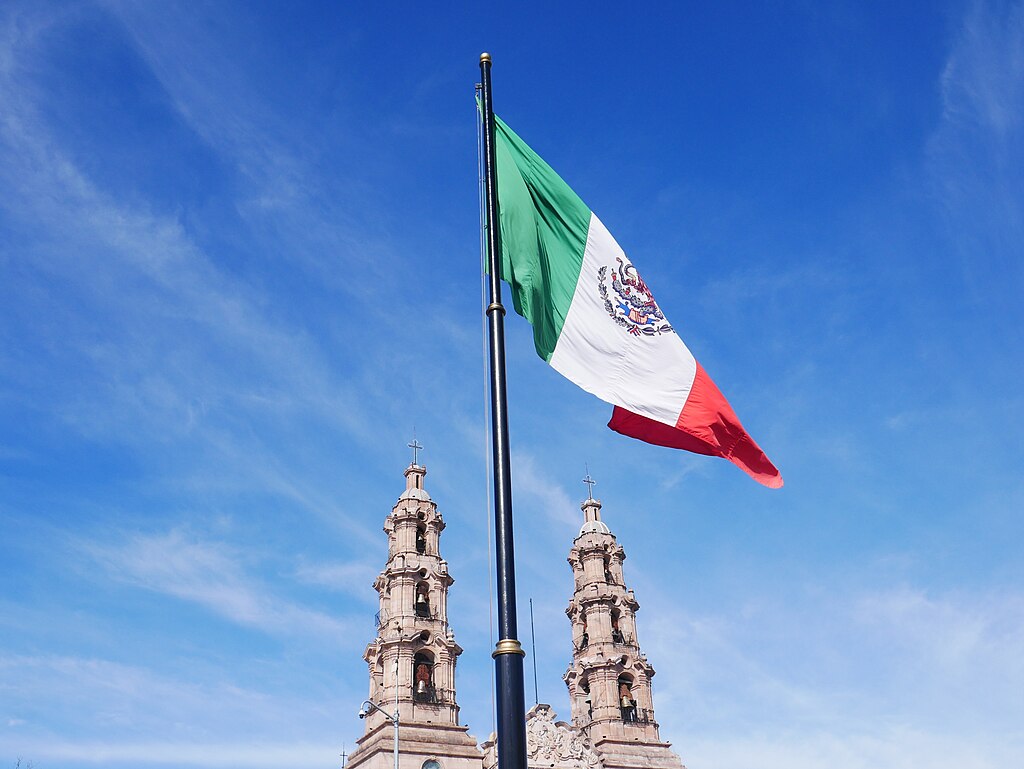Oil Prices in Flux: How Global Factors Play Out
Discover how fluctuations in oil prices worldwide are influenced by factors like currency strength, weather conditions, and geopolitical sanctions.
Published January 08, 2025 - 00:01am

Image recovered from arabnews.com
The global oil market is currently experiencing a period of turbulence, characterized by a complex interplay of economic, climatic, and geopolitical factors. The recent ease in oil prices from near three-month highs can largely be attributed to the strengthening of the US dollar. With the dollar reaching a two-year peak, commodity prices, including oil, have felt the pressure. A stronger dollar typically makes dollar-priced commodities more expensive for holders of other currencies, thereby curbing demand.
In recent weeks, Brent crude futures saw a slight decrease alongside the US West Texas Intermediate (WTI) crude, both reflecting investor caution amidst a robust U.S. currency. This decline occurred despite the five-session gains witnessed earlier, driven by anticipated demand spikes due to colder Northern Hemisphere weather and potential economic revitalization measures from China.
The energy market's attention is also acutely focused on geopolitical events, specifically the ongoing sanctions against Iran and Russia. As Western nations, led by the Biden administration, step up their sanctions, targeting the oil revenues of these countries has become a strategic objective. This places additional pressure on market dynamics, especially with new sanctions targeting maritime transport of Russian crude.
On a policy front, discussions around the U.S. Federal Reserve's economic outlook play a vital role in shaping market expectations. With the minutes of the Fed's last meeting being heavily scrutinized, alongside key economic data such as the December payrolls report, markets are poised to react to the slightest hint of change in interest rate projections, which could further influence currency and commodity markets.
Naturally, the production side of the oil market is not without its uncertainties. Within OPEC and its allied producers, there's an ongoing conversation around balancing production levels to sustain global supply levels. Recent projections by Goldman Sachs highlight the potential for a decrease in Iranian oil production by the second quarter of 2025, prompted by tighter sanctions and anticipated policy shifts under the incoming administration.
In addition, the natural gas market experiences its own volatility, with the U.S. energy sector reacting to weather forecasts that predict an arctic cold wave, further exacerbating supply concerns. This scenario has cast a shadow over production forecasts, particularly in regions unaccustomed to severe cold, such as Texas, where significant oil and natural gas operations are located.
Critically, the broader economic landscape, marked by inflationary pressures in key economies like Germany and fluctuating demand in the U.S. due to declining manufacturing orders, informs the nuances of the global energy narrative. Simultaneously, market optimism about potential economic stimulus from China could inject renewed vitality into the sector, as China remains the world's largest oil importer and a critical player in global market stability.
Moving forward, stakeholders across the oil and energy sectors are paying close attention to Saudi Arabia's pricing strategies. The recent decision by Saudi Aramco to increase crude prices for Asian buyers reinforces expectations of strengthened regional demand, offering insight into market confidence levels as the first quarter advances.
Ultimately, with technical indicators such as moving averages suggesting room for further price gains, the market remains primed for dynamic shifts. These are underpinned by a combination of acute demand fluctuations, essential meteorological concerns, and the ever-present shadow of global political maneuvers that bear on oil and natural gas supplies.







